Stromanthe is a beautiful and dreamy tropical plant recognized for its impressive colored unique foliage.
Its red, white, and green colored variation in leaves is an eye-catching factor for anyone. If you want to impress someone with a plant, then this is the one you should choose.
But as you may know, beauty comes with a price, and this plant is no different.
If not cared for properly, it won’t take long for your Stromanthe leaves to start suffering and turning yellow.

Fortunately, only a few causes of yellowing leaves may be easily identified and corrected.
If you can identify the problems early, you will prevent the plant from suffering further and start rejuvenating it back to life.
By the end of this article, you will be able to recognize the exact issues for your Stromanthe leaves turning yellow and apply the right solution to solve them.
Table of Contents Show
Is it Normal for Stromanthe Leaves to Turn Yellow?
Stromanthe leaves turning yellow doesn’t necessarily mean that your plant is suffering or lacking something.
If your plant is pushing out new growth, it is natural for the older leaves to turn yellow. These yellow leaves should occur in the base of the plant rather than in the middle of the tip plant.
It is a natural way of shedding old leaves to make room for new ones. Shedding old yellowing leaves helps conserve the plant’s energy for the growth of new ones.
Why are the Leaves on my Stromanthe Turning Yellow?
It can be upsetting to see your beautiful Stromanthe leaves turn yellow.
Let us begin by diagnosing each problem causing yellowing leaves and treating them.
1. Improper Watering
The most common cause of your Stromanthe leaves turning yellow is imbalanced moisture in the soil.
It results in root rot disease, and the yellowing leaves are the initial symptoms that your plant is affected with this disease.
Roots cannot breathe in overly wet soil. They suffocate and stop delivering the water and nutrients plants need.
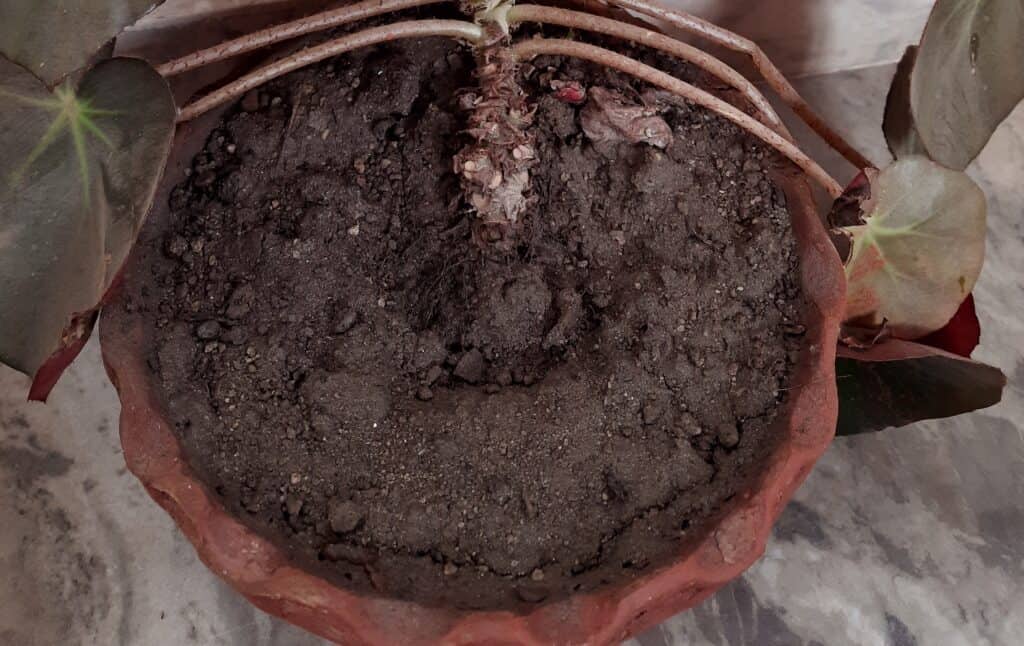
Underwatering, also known as drought, has a similar effect. With too little water, plants can’t take up crucial nutrients resulting in yellow leaves.
Solutions
- Water the plant regularly only when the topsoil dries off to prevent overwatering.
- If the soil is too dry and starts cracking, it is a sign of underwatering. Water thoroughly to revive the plant.
- Ensure that your pot has enough drainage holes to prevent waterlogging issues.
- Cut down the watering to half in the winter as it won’t be necessary.
- Avoid placing your plant in places with high wind movement or drafts.
- Constantly water the plant with room temperature water or lukewarm water. Avoid using cold or chilled water.
- If the root rot is severe, remove the plant, trim damaged and infected parts and repot in the fresh soil mix.
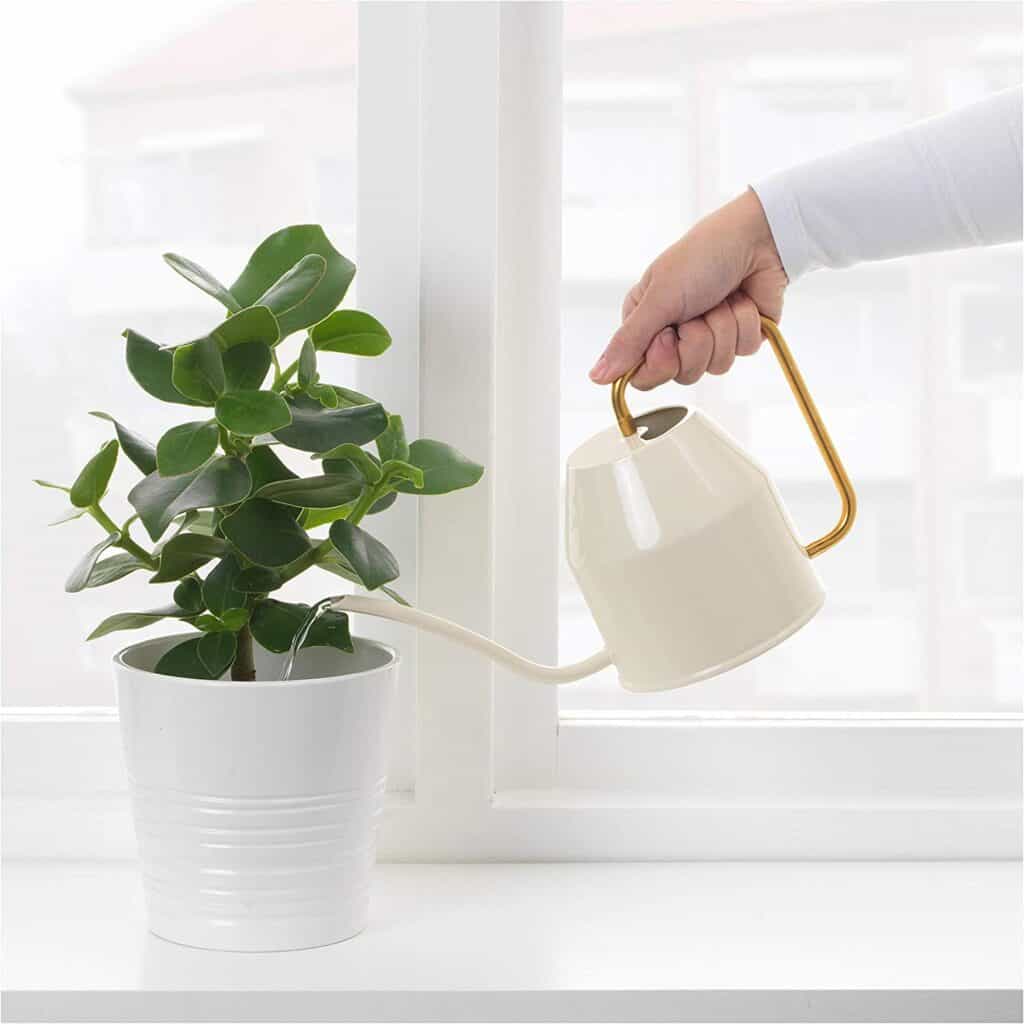
2. Low Humidity
As much as Triostars enjoy being continually moist, high humidity is required to maintain great-looking foliage.
Low relative humidity generates a need for water from plants. During dry weather, plants close their stomates, microscopic pores on their leaves, to prevent excessive moisture loss.
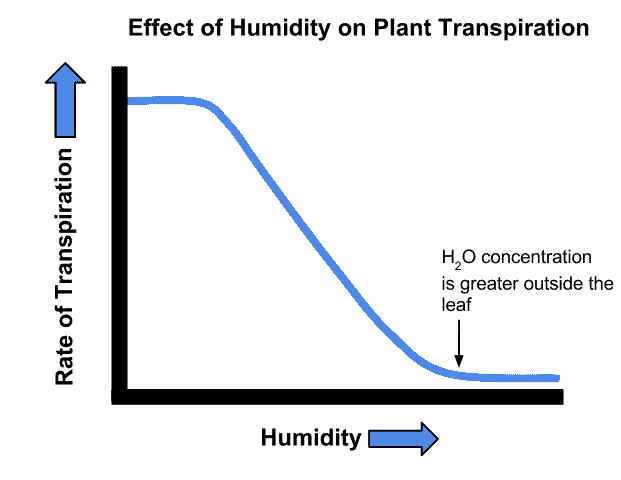
Less than that means water-related stress for your plant and can result in yellowing leaves.
Solutions
- If the humidity levels of your room are not high enough, then misting once or twice a week is recommended.
- A simple electric humidifier is a great way to increase the humidity levels in your room.
- Avoid the accumulation of dust on the leaves of your plant. Wipe them clean at regular intervals so the plant can absorb enough moisture.
- You can also place the plant in your kitchen or the bathroom, where the environment is primarily cool and moist.
- Keep your plant out of the direct line of air conditioners or heaters, as it can quickly dry your plant.
3. Poor Water Quality
A factor that most beginners easily overlook, water quality, determines whether your plant turns out healthy or not.
Stromanthe plant is sensitive to watering frequency and its quality. Poor quality water can be responsible for slow growth, resulting in the plants’ progressive death.
Water with excessive alkalinity can severely impact the pH of the growing media, interfering with nutrient uptake and generating nutritional deficits which threaten plant health.
Regular tap water can also be a determining factor for yellowing leaves in your plant, as it contains many dissolved minerals.
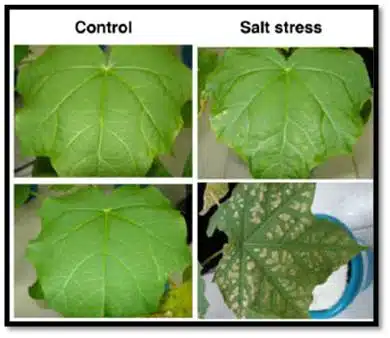
Solutions
- Filtered water is your best bet since it has no impurities that can affect your plant’s health.
- You can also allow the tap water to sit overnight without any coverings to let the chemicals like Chlorine and Fluoride evaporate.
- Rainwater, distilled water, and water prepared by the reverse osmosis process are also alternatives you can use.
4. Infestation of Pests
Pests can also easily result in various issues for your Stromanthe, including yellowing leaves.
Pests can be expected as per the highly humid environment requirement of Stromanthe to thrive.
It exhausts the plant with the nutrients required, and the leaves turn yellow. It would be best to control pests at an early stage of infestation to ensure that your plant thrives in the future.
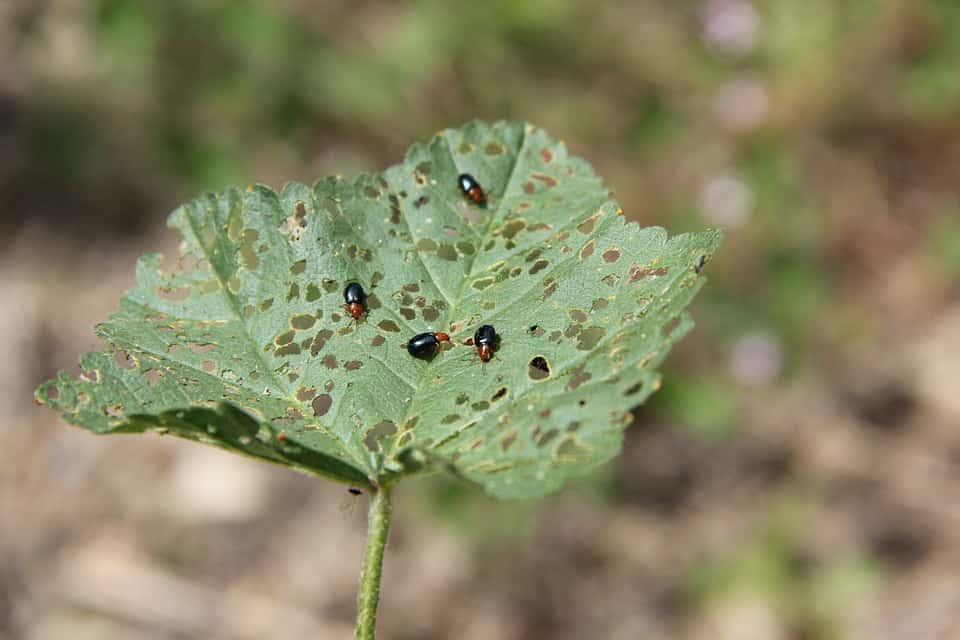
Solutions and Preventive Measures
- A healthy potting mix of organic materials is an excellent way to maintain your plant’s good health, which means a low incidence of pests.
- Prune the plant regularly and repot regularly to maintain good health.
- Wiping the leaves with cloth dipped in alcohol will also help treat pest infestation.
- If you see pests in your plant, you can shower your plant with cold water to wash them away.
- Neem oil is a great organic pest deterrent that won’t harm your plant.
- Fertilize and feed your plant regularly, as weak plants are easily susceptible to pest infestation.
- Wipe the insects with a cotton swab dipped in rubbing alcohol.
- Apply Imidacloprid in the soil to prevent Aphids.
5. Temperature Extremities
Stromanthe requires a temperature of around 65-80°F and a cool, moist climate to thrive properly.
Fluctuating extremities in temperature can also easily cause your plant to start showing symptoms of yellowing leaves.
Being a plant from a tropical region, it can also suffer if placed in an arid climatic region.
It needs a cool and fresh environment with enough air circulation and humidity to maintain the beautiful color of its foliage.
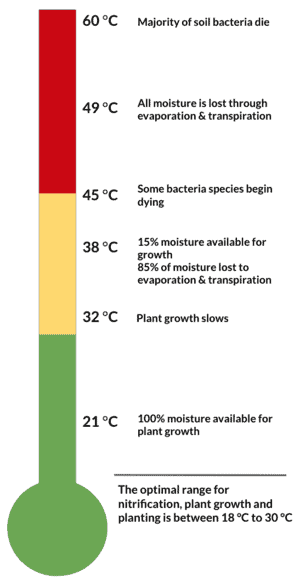
Solutions
- During the winter, avoid placing your plant on the windowsill, as the cold draft can affect your plant’s health.
- You can use plastic sheets or frost blankets to cover your plant without directly touching the foliage in cold and windy times.
- Cold frames with a transparent cover protect your plant in cold drafts.
- If the temperature is too high, your plant can suffer severe water loss. Watering profoundly and misting at times can help to solve this issue.
- Water granules are available in the market, which you can place in the pot to soak up excess water and release them when needed.
- Placing it in a greenhouse can be an excellent solution to maintain a stable temperature and climatic conditions.
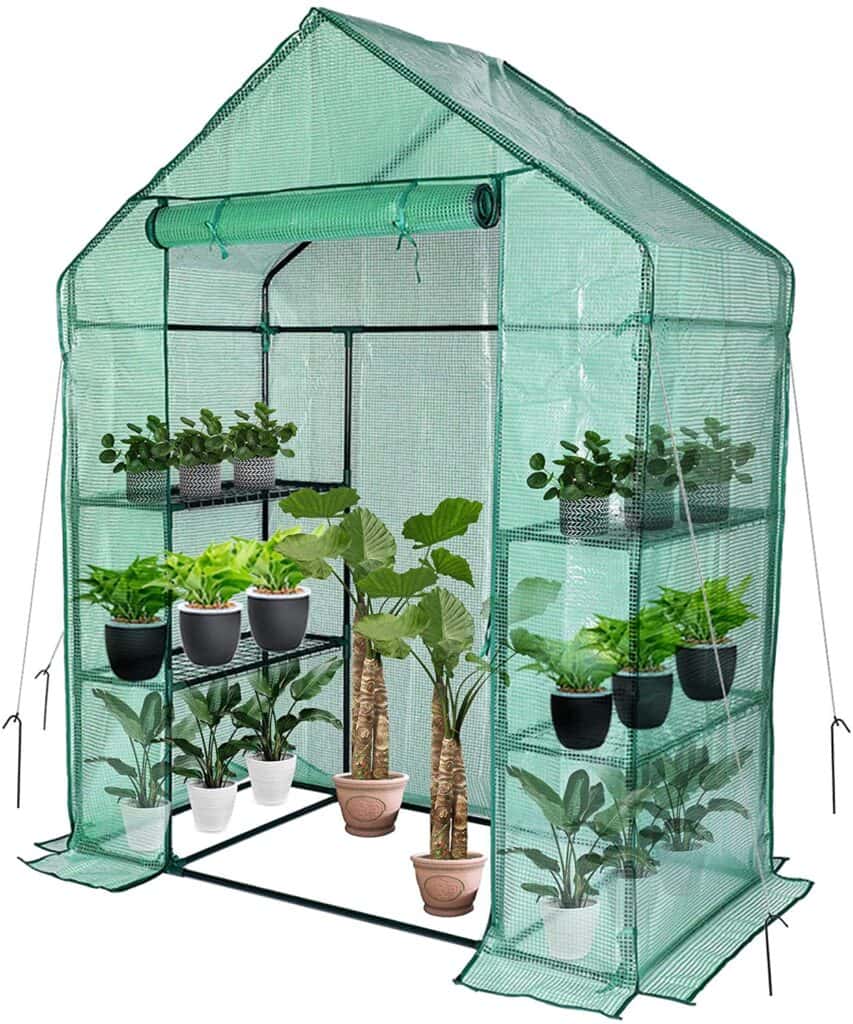
6. Improper Lighting Issues
A well-lit spot with adequate sunlight is essential to keep the foliage of your Stromanthe healthy-looking.
Failure to accommodate the lighting requirement of your Stromanthe means that it won’t be able to produce the required energy needed for growth.
If the lighting is inadequate, it will discredit the foliage and make it look yellow and ghoulish.
On the other hand, if the sunlight is direct and too strong, it will cause the leaves to turn from yellow to brown, and they will also start falling off.

Solutions
- It needs diffused sunlight which can be provided by placing it a couple of feet away from North-sided or East-sided windows.
- Use a blind or a shaded curtain to help diffuse the light and protect the plant from the direct line of sunlight.
- If you want to place your plant outdoors, choose an area with partial sunlight, like a patio or balcony.
- Use a grow light with the proper color spectrum to compensate for the lack of sunlight during winter.
Should I Remove the Yellowing Stromanthe Leaves?
Well, it depends on the condition of the plant. If there are a few yellowing leaves on the base of the plant, you can cut them off with a sharp knife or a pair of scissors.
However, it is unnecessary to do this as the leaves will fall after a couple of days.
Cutting down all the yellowing Stromanthe leaves is not feasible at that point and can only deteriorate your plant’s health.
Moreover, more cuts and wounds are an invitation for disease and pests.
Thus, your best bet is to adjust the watering, fertilizing, or temperature conditions to help the plant repair itself.
Check out this short video on what to do if the leaves on the Stromanthe plant turn yellow and dry out;
To Conclude
With this knowledge, you can quickly raise a beautiful Stromanthe on your own and solve any issues that come your way.
Although this plant is a bit fussy, proper care and maintenance mean fewer problems.
Caring for this beauty will be worth the effort, bringing fresh tropical vibes to your home.


